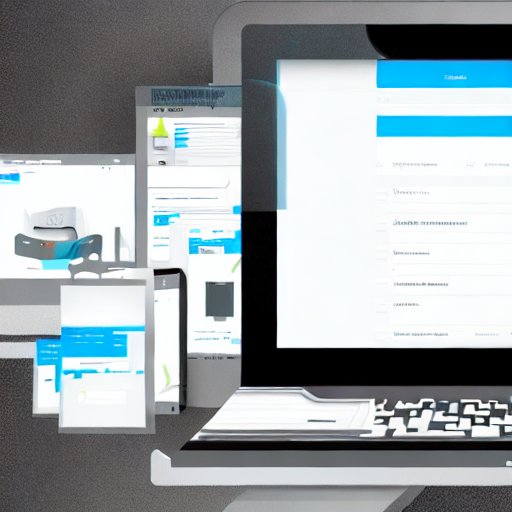
Introduction:
The digital landscape is rapidly evolving, and so are the expectations of online users. In this
era of mobile dominance, businesses and developers seek innovative ways to deliver seamless, engaging,
and lightning-fast experiences. Enter Progressive Web Apps (PWAs) - a revolutionary approach to
web development that bridges the gap between traditional websites and native mobile applications.
In this post, we explore the myriad benefits of Progressive Web Apps and why they are becoming
the go-to solution for enhancing user experiences and driving business success. 1. Cross-Platform Compatibility:
One of the most significant advantages of PWAs is their inherent cross-platform compatibility.
PWAs work seamlessly across all devices and browsers, whether it's a desktop, smartphone, or tablet.
This means users can access the same app-like experience regardless of their operating system or
browser choice. This versatility eliminates the need for separate native apps for different platforms,
streamlining development efforts and reducing maintenance costs. 2. Instant Loading and Offline Access:
PWAs leverage cutting-edge technologies like service workers, enabling them to load instantly even
on slow or unreliable networks. This eliminates frustrating loading times, ensuring users get content
and functionality at their fingertips without delays. Moreover, PWAs can cache data and offer offline
access, allowing users to continue using the app even when there's no internet connection. This
offline functionality enhances user satisfaction and increases engagement, particularly in regions
with limited connectivity. 3. Enhanced User Experience:
Progressive Web Apps are designed to provide a seamless, app-like experience to users. They can
be installed directly on the home screen, giving users the feeling of interacting with a native
app, complete with smooth animations and gesture support. PWAs also offer a full-screen immersive
experience, making users feel more engaged and focused on the content. 4. Improved Performance and Responsiveness:
Traditional websites may suffer from slow loading times and performance issues, particularly on
mobile devices. PWAs, on the other hand, are optimized for speed and responsiveness. With caching
mechanisms in place, users experience near-instant loading times even on repeat visits, reducing
frustration. The smooth, fluid user interface of PWAs enhances overall user satisfaction and encourages
regular usage. 5. Lower Maintenance Costs:
Creating native applications for multiple platforms can be time-consuming and expensive. PWAs offer
a cost-effective alternative, as they share a single codebase across all devices and platforms.
This not only streamlines the development process but also reduces ongoing maintenance efforts.
Additionally, as PWAs are served through a single URL, updates and bug fixes are instantaneous,
eliminating the need for users to manually update their apps. 6. Secure and Reliable:
PWAs are served over HTTPS, ensuring secure communication between the user and the server. This
HTTPS connection ensures data privacy and protection against potential security threats, earning
users' trust. Additionally, PWAs are hosted independently of app stores, giving businesses greater
control over their content and reducing the risk of app store rejection. Conclusion:
Progressive Web Apps have emerged as a game-changing technology that combines the best of websites
and native mobile applications. With cross-platform compatibility, instant loading, and offline
access, PWAs deliver a delightful user experience that drives engagement. As businesses seek to
meet the ever-increasing demands of a mobile-first world, embracing PWAs can provide a competitive
edge, lower development costs, and deliver faster, more reliable web experiences. By investing
in Progressive Web Apps, organizations can forge ahead into a future where user satisfaction and
business success go hand in hand.